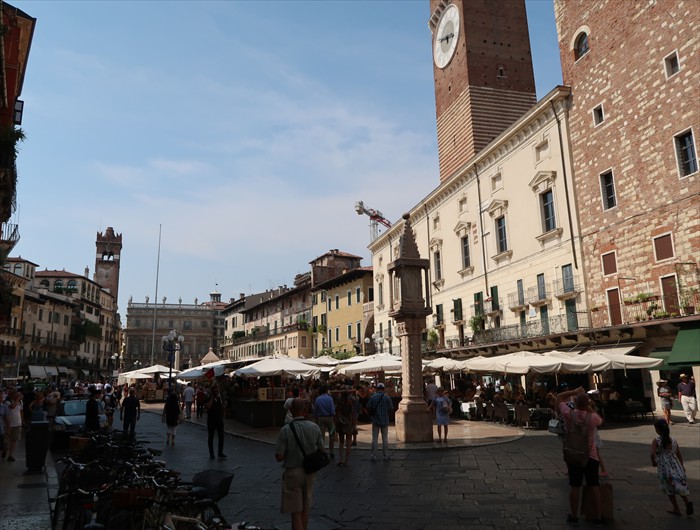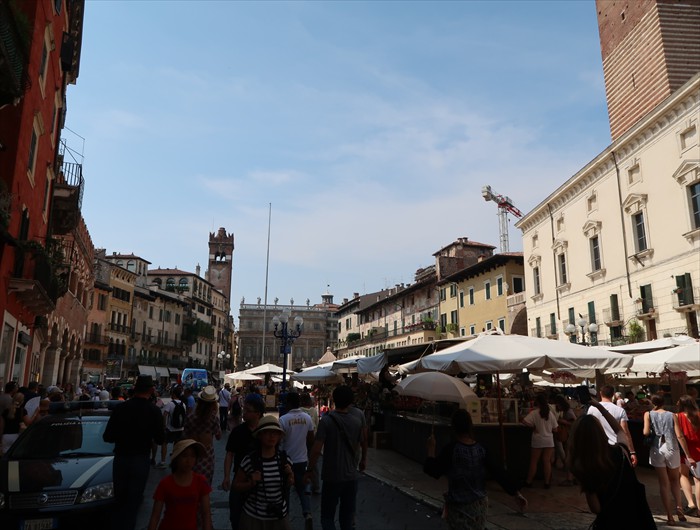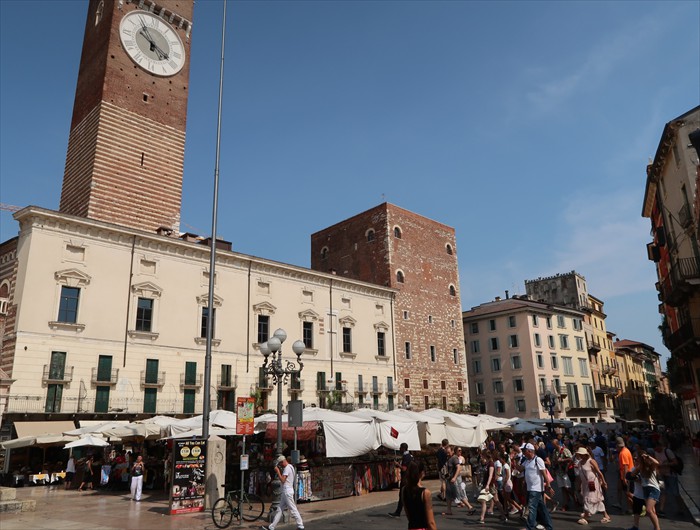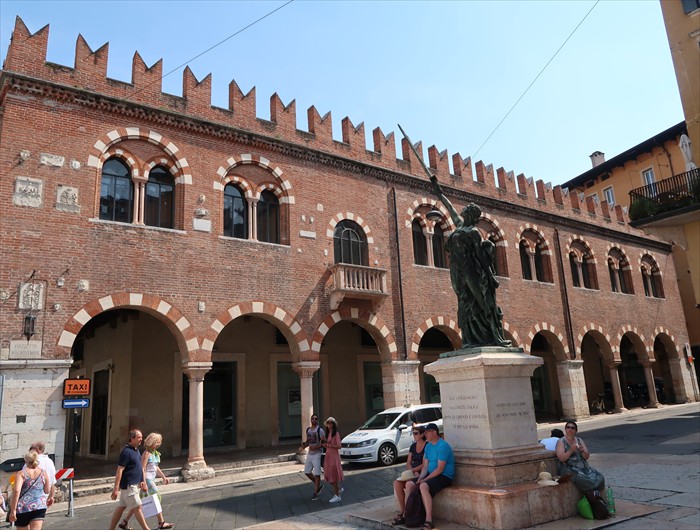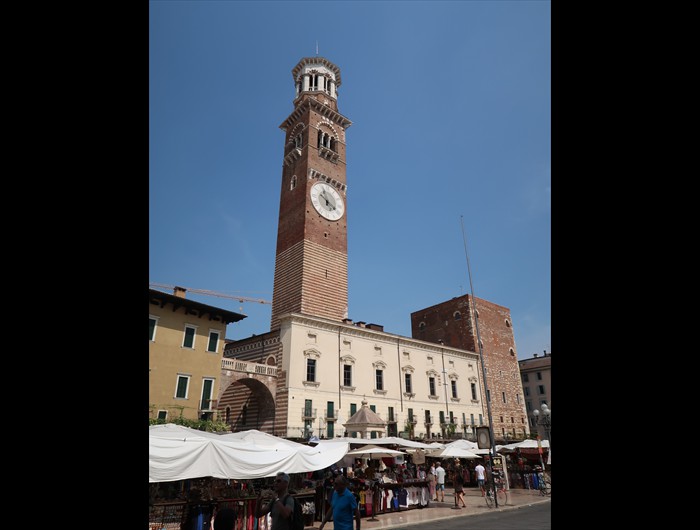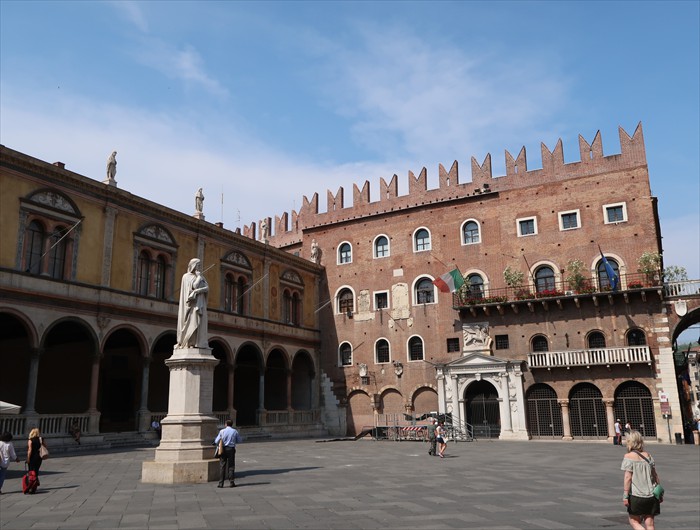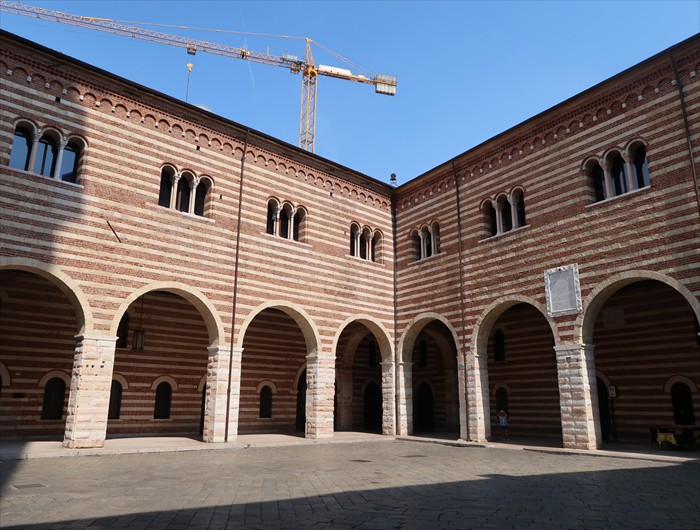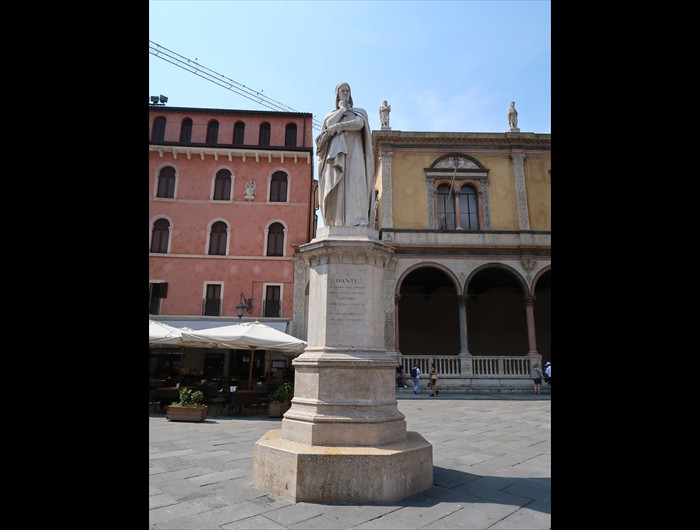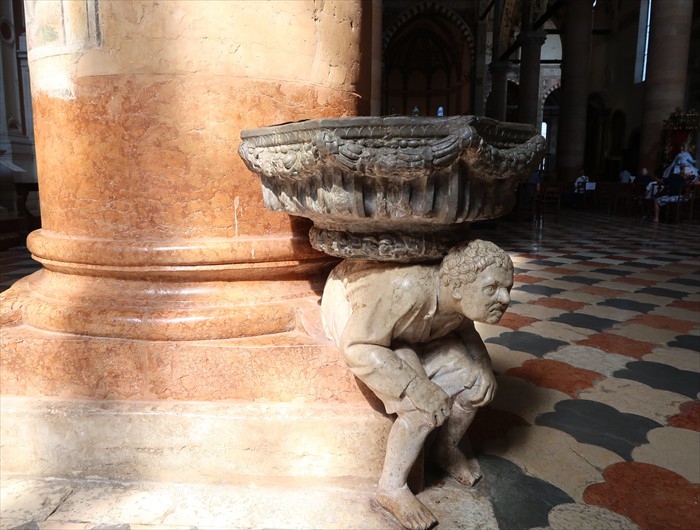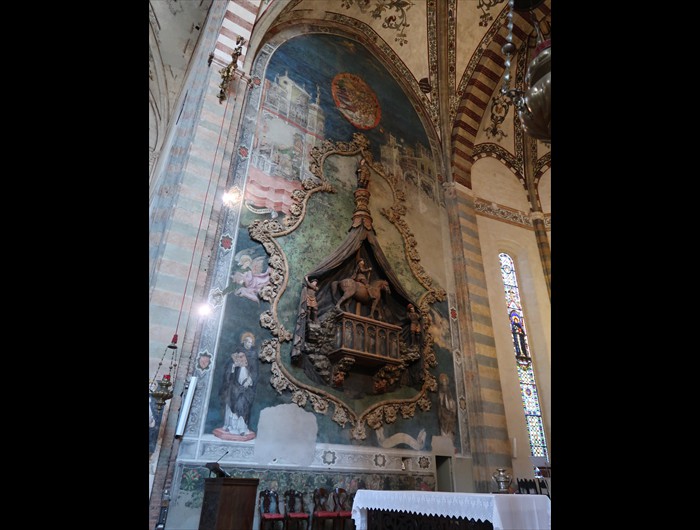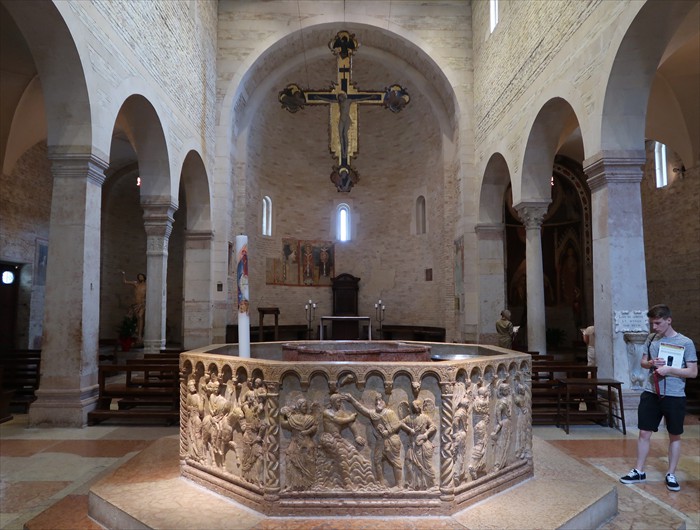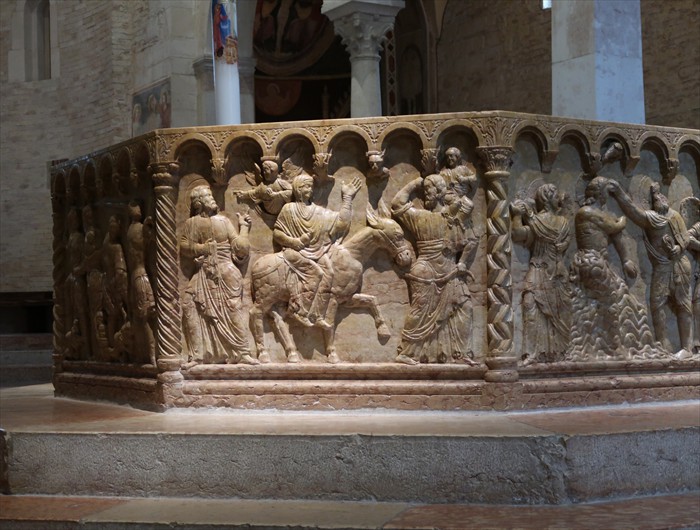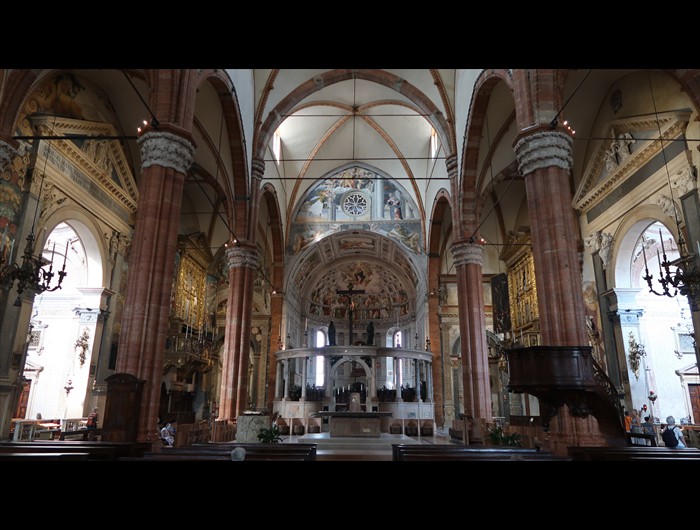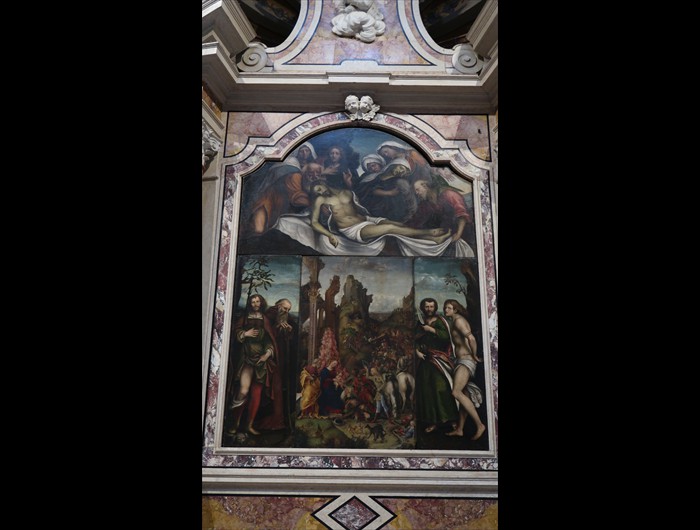Verona, the city of Romeo and Juliet, is a typical Italian city in Veneto. We were very impressed by the city, which is mainly due to its historical development, its incomparably well-preserved historical buildings and its geographical position.
Verona is also known worldwide for its well-preserved amphitheatre and the opera performances that take place there.
The city of Verona was founded in pre-Christian times by the Rhaetians and Euganeans and was a Roman colony from 89 BC. After various subjugations, Verona became Austrian in 1797 and only in 1866 did it become part of the Kingdom of Italy. The past has strongly characterised the cityscape

The Roman city wall of Verona was built in the 1st century BC. According to UNESCO, the city wall, which was extended several times over the course of history, makes Verona an exceptional example of a fortified city in Europe that was built in several stages.

Romeo and Juliet are the most famous lovers in world literature. Shakespeare probably wrote the story about the two lovers and their feuding families between 1594 and 1596, and even if the story is fictional, the city in which the tragedy takes place is not.
Casa di Giulietta in Verona (Juliet's House)
Even today, hundreds of Shakespeare fans and hopeless romantics make the pilgrimage to Verona, the Italian city where the story
of Romeo and Juliet takes place. The most popular place to go: Juliet's balcony, where the beauty stood when Romeo confessed
his love to her.
The Casa di Giulietta, Juliet's house, belonged to the del Capello family. It dates back to the 13th century and the old coat
of arms of the del Capello family can still be seen faded on the wall. At the beginning of the 20th century,
the del Capello house was in a pitiful state. Then the city of Verona bought it and decided to capitalise on its
resemblance to the house from Romeo and Juliet - the fact that the Capellos were not so different from the Capulets
(the family from Shakespeare's play) added to the illusion. The house was extensively renovated in the 1930s.
The famous balcony is also said to date from this period, although it is often claimed that it is also several hundred years old.
Finally, the interior was also adapted in the 1990s: Paintings and porcelain from this period.


There is also a bronze statue of Juliet in the courtyard, whose right breast is much shinier than the rest. Why is that? It's simple: tourists have been touching Julia's right breast for years, as shown here in the picture, because it is said to bring good luck.
The Piazza delle Erbe
is Verona's oldest square and has been the centre of the city's social, economic and religious life for centuries. Part of its charm lies in the harmonious overlapping of palaces, towers, statues and architectural elements from different eras and styles that form a unique collage. It was built on the remains of the ancient Roman forum, which consisted of a capitol, temples and baths connected by a portico that housed numerous shops. Under the rule of the Scaligeri, it became a lively centre for art and trade and under Venetian and Austrian rule it housed civil and criminal courts, but always remained the centre of the city's social life. Today, the piazza is the centre of the Movida par excellence: in the numerous bars and clubs that line the piazza, people meet after sunset for an aperitif with Spritz, a drink that originally comes from Veneto but is now known and loved all over the world. During the day, there is a market selling fruit, vegetables, souvenirs and typical products.
Piazza dei Signori,
also known as Piazza Dante, borders on Piazza delle Erbe. The square was created in the Middle Ages through the expansion of the Scaligeri palaces and from the very beginning took on political, administrative and representative functions. The square is framed by several monumental buildings connected by arcades and loggias.

The tombs of the Scaliger family

The monuments consist mainly of stone sarcophagi, some of which are placed in large tombs (arche) in the form of Gothic shrines (tempietti). They are located next to the church of Santa Maria Antica in a fenced-in area. The 14th century tombs, often surmounted by equestrian statues, are among the oldest post-antique monumental representations of their kind.

This enchanting Romanesque cathedral, often referred to as the Duomo di Verona, was built after the earthquake of 1117, which destroyed two churches on this site. The exterior façade is particularly notable for its sculptural decorations and the beautiful apse. In contrast, the interior (due to later remodelling) is in the Gothic style. The frescoes and the magnificent porticoes are remarkable.

Basilika di Sant'Anastasia
The Basilica of Sant'Anastasia is the most important Gothic religious building in Verona. Construction of the church began around 1290 and lasted more than a century under the patronage of the Scaliger princes.
The church was built in the immediate vicinity of Piazza dei Signori, where the della Scala family had their residence. It can therefore be assumed that Sant'Anastasia was designated as the official church of the princely court.
The three-nave, cross-ribbed vaulted church in the Italian Gothic style has five polygonal apses.
Pictures of the interior of the church of Sant'Anastasia
The arena

The Roman amphitheatre Arena of Verona is the city's most famous building.
Today, the Verona Arena is integrated into the city centre and forms part of the backdrop of Piazza Brà, but when it was built by the Romans, it was located outside the city walls.
The arena has always been used primarily for events and performances of all kinds. In Roman times, for example, gladiator fights took place here. In the Middle Ages and up until the middle of the 18th century, tournaments and competitions were held in the arena. In 1913, it was finally discovered to be what it is today: the world's first genuine and most important open-air theatre for opera festivals.

The amphitheatre consists of three concentric rings of walls: of the first outer ring, only the part popularly known as the "Ala" (wing) has survived.
The steps of the amphitheatre are made of Veronese marble.
Under the stage there are galleries and corridors (not accessible to visitors), which were and still are essential for the complex operation and use of the theatre.

We saw a performance of the opera Nabucco there. The director transferred the story to the time of the Italian uprising against the Habsburgs.
The opera is set on stage with the Italians singing the prisoners' chorus as a protest against the Habsburgs.
This climax of the opera was repeated to great applause.

It was 40 degrees on the evening of the performance. The water consumption was enormous.

